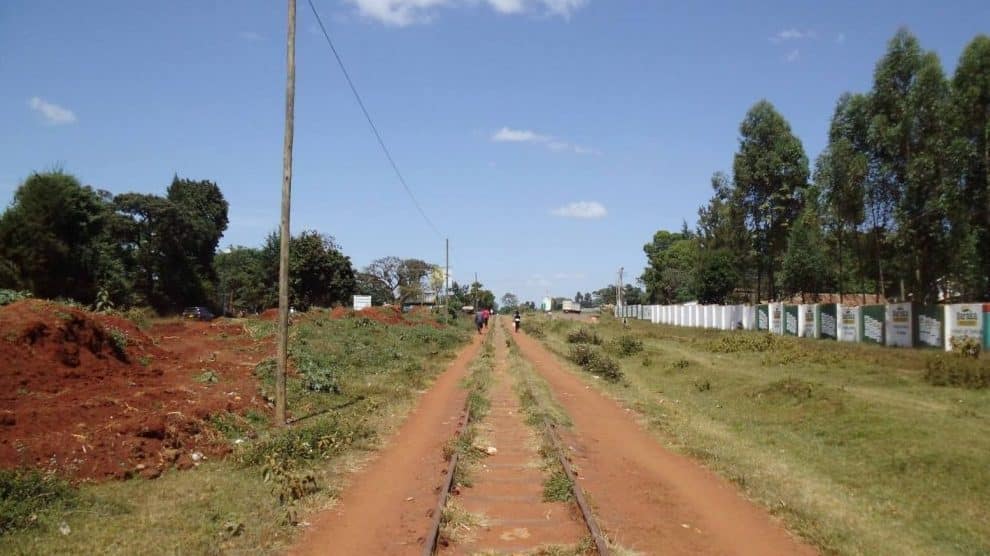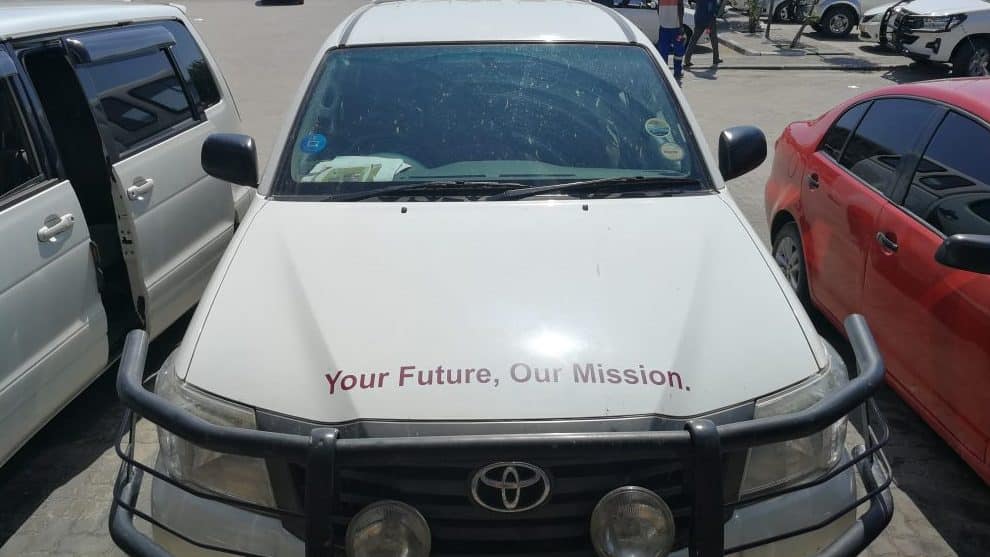What future for “cross-scalar linkages”? Far-reaching connections, inoperable crossings, and the difficulty to depart from ‘the modern’
Taking the ‘global’ and the ‘local’ as intrinsically distinct extremes that frame our understanding of the world, is what Latour calls “modern exoticism” (Latour 1993, 122). As he famously stated, “as concepts, ‘local’ and ‘global’ work well for surfaces and geometry, but very badly for networks and topology” (Latour 1993: 119). So, how to engage with the notion of “cross-scalar linkages” in a project on digital technologies for which networks are certainly crucial?
Even though the hope for a digital transformation of Africa’s agriculture seems to pervade the discussions of policy platforms and international organizations, it is problematic to consider it as a ‘global’ vision that trickles down a staircase called ‘scales’ to materialize in the ‘local’. Rather, this hope is expressed, performed, and sometimes contested, in different ‘local’ settings, such as conferences, workshops, webinars, exhibitions, fairs or in technology firms that are based in different parts of the world, yet still predominantly reside in the Global North. When ethnographically approaching the making of mobile information services (m-services) that are supposed to increase farmers’ productivity and resilience by providing weather forecasts and agricultural advice, these different ‘local’ settings formed our empirical entry points: the places and events at which where technologies are imagined and developed, the stages where prototypes compete for funding and, finally, some of the villages in Kenya and Tanzania where they are distributed and (supposedly) put to use. Yet, what emerged as a major issue when moving between the places where m-services are envisioned, constructed, and implemented was that many of the links actually did not seem to work as anticipated.
As Macata so enthusiastically claimed in his article on African digital entrepreneurship in The Guardian: “Digital connectivity has the potential to do for Africa what railroads did for Western economies in the 19th Century. The digital revolution is not just about communication. It is about recognizing that information is the currency of all economic activities” (Macata 2017). But what does this connectivity entail?
Similarly, to the common notions of the ‘local’ and the ‘global’, connectivity, as well, is deeply embedded in modernist thinking and the idea of modernization (Ouma et al. 2019). Instead of taking connectivity as a sui generis that acts on its own as suggest in the above quote, Graham et al. (2015) also compares digital infrastructures to a railway to point out how apparently, universal standards of connectivity need to be unpacked with regard to their historical embedding.
More figuratively, Latour has also drawn on the image of a railway to argue why even an extensive network remains local at all points. Moreover, he pointed out that even though there may be “continuous paths that lead from the local to the global, from the circumstantial to the universal, from the contingent to the necessary, [they do so] only so long as the branch lines are paid for” (Latour 1993: 117). As our research has shown, there are indeed many reasons – and funding is currently rarely the major issue in this field – that may complicate or even interrupt the journey from one station to the other. Even though the number of trains may be increasing, some tracks do not seem to be operable, at least not for all train types. Signals may be misunderstood, and even though many passengers may be waiting at the station, they never embark the train to the villages, but rather prefer to visit bigger cities. In general, most tracks seem to operate only in one direction. Eventually, the spacious first class remains deserted, while in the busy second-class people have to remain standing. Most trains are intended for business trips and cargo, but passengers want to travel with or to their families. In effect, even though numerous new technologies and applications are developed and presented at large events promoting ICT for agriculture, and are celebrated by techno-optimists, their message often seems to get stuck on the way, with NGOs and extension officers struggling to gain the trust and acceptance of the farmers who are supposed to work with them. The farmers’ interests and needs as well as their expectations, hardly get a chance to leave the village.
Examining these ideas and understandings, the visions and practices related to digital technologies in different localities and the processes of translation in-between reveals how connectivity is often ambivalent and asymmetrical. While connectivity may certainly enhance access to information and knowledge – and internet connectivity might even at some point become truly global –, it does not necessarily overcome the disconnect between the needs and expectations of the different actors and localities involved. As it has been observed elsewhere, the availability of (digital) infrastructures does not say much about the ways in which they are used, what they actually link and what they keep apart (see e.g. Verne 2014). And the attempts to use new network connectivity to gain more information about the farmers, so far, rather seems to serve the development and improvement of new technologies than working in support of their smooth mobility and appropriation.
In the image of a railway, it would therefore be crucial to adjust the tracks and operate the turnout to reduce the inoperable crossings that currently dominate projects that try to take digital technologies to the field. This however, demands us to remain attentive to the different ‘locals’, their particularities and the ways in which they try in diverse and complex ways to extend their connections, rather than assuming pre-existing scales and looking for potential links between them. It is such an approach that we find most fruitful to better understand the specificities of the materials, ways of knowing, and practices, that are im/mobilized and, thus, shape the particular configurations of African agricultures.
References:
Graham, M., Andersen, C. & Mann, L. (2015) Geographies of Connectivity in East Africa: Trains, Telecommunications. And Technological Teleologies, Transactions of the Institute of British Geographers 40 (3), 334-349.
Latour, B. (1993) We have never been modern, Harvard University Press: Cambridge.
Macata, M. (2017): Africa Must Embrace Digital Entrepreneurship to Transform its Economy. The Guardian, June 1., 12.
Ouma, S., Stenmanns, J., Verne, J. (2019) African Economies: Simply connect? Problematizing the Discourse on Connectivity in Logistics and Communication, Graham, M. (ed.) Digital Economies at Global Margins, MIT Press, IDRC, 341-363.
Verne, J. (2014) Neue Netze, neue Räume? Mobiltelefonie in Afrika, Geographische Rundschau 6, 42-47.






